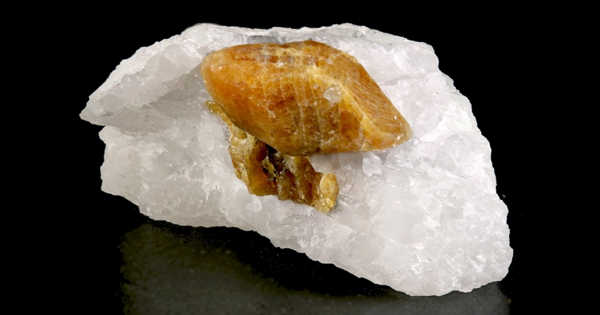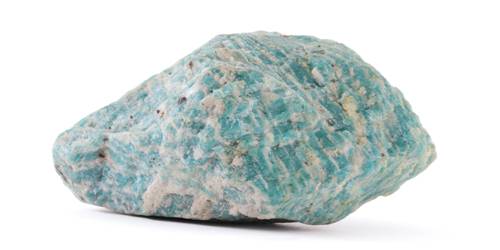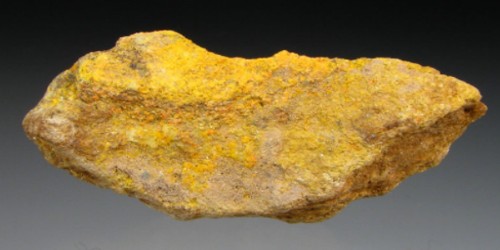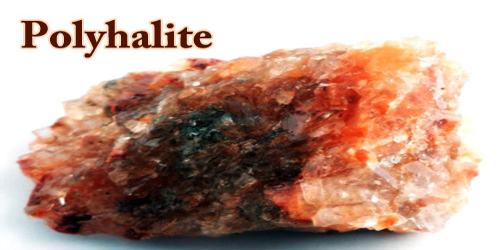Norbergite is a mineral in the humite group. It is a nesosilicate mineral with the formula Mg3(SiO4)(F,OH)2. It forms a polysomatic series with chondrodite, humite, and clinohumite and it is often found with one or more of these minerals.
It was first described in 1926 for an occurrence in the Östanmoss iron mine in Norberg, Västmanland, Sweden, for which it is named. Norbergite has also been reported from the Fowler Quarry and likely occurs sporadically in many of the other local marble quarries. It also occurs in marble on the 800 level of the Sterling Mine as brownish rims surrounding gray material; both have been verified as norbergite.
General Information
- Category: Nesosilicates
- Formula (repeating unit): Mg3(SiO4)(F,OH)2.
- Crystal system: Orthorhombic
- Crystal class: Dipyramidal (mmm)
- Formula mass: 202.00 g/mol
- Color: Tan, yellow, yellow-orange, orange-brown, pink with purplish tint, white
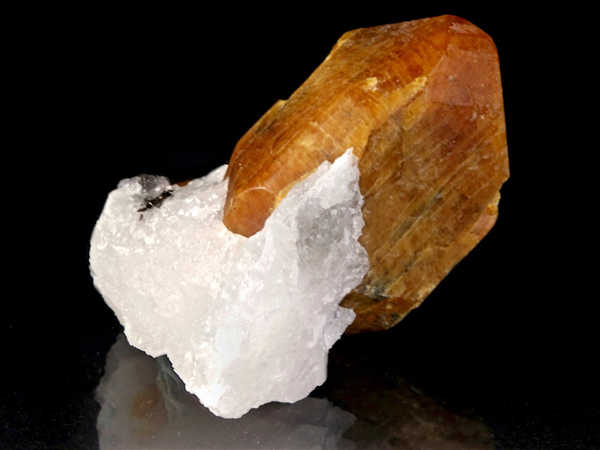
Properties
Norbergite is a mineral of the humite group composed of a magnesium silicate with fluorine and hydroxyl. It is almost always found in metamorphic and metamorphosed limestone and dolomites and in the contact between these and other rocks. It is often associated with different ores and other Mg-rich silicates such as phlogopite, tremolite, and other Mg-rich minerals such as spinel and magnesite.
- Crystal habit: Granular, tabular crystals rare
- Fracture: Uneven to subconchoidal
- Tenacity: Brittle
- Mohs scale hardness: 6-6.5
- Luster: Vitreous to resinous
- Streak: White
- Diaphaneity: Transparent to translucent
- Specific gravity: 3.177
- Optical properties: Biaxial (+)
Occurrences
It is difficult to distinguish minerals in the humite group, as they largely occur in the same environments and localities. Their physical and optical appearances are also similar, as is the occurrence of rounded crystals or anhedral grains.
Norbergite is almost always found in metamorphic and metamorphosed limestone and dolomites and in the contact (calc-silicate rocks/skarns) between these and other rocks. It is often associated with different ores and other Mg-rich silicates such as spinel, phlogopite, tremolite, and other Mg-rich silicates. Fluoborite is also an associate of norbergite at some localities.
It occurs in contact metamorphic zones in carbonate rocks intruded by plutonic rocks or pegmatites supplying the fluorine. Associated minerals include dolomite, calcite, tremolite, grossular, wollastonite, forsterite, monticellite, cuspidine, fluoborite, ludwigite, fluorite, and phlogopite.
Information Source:
